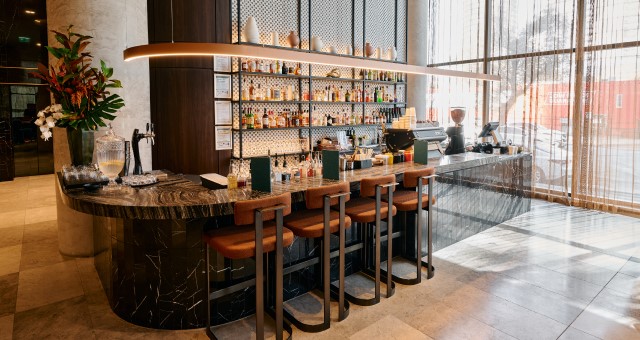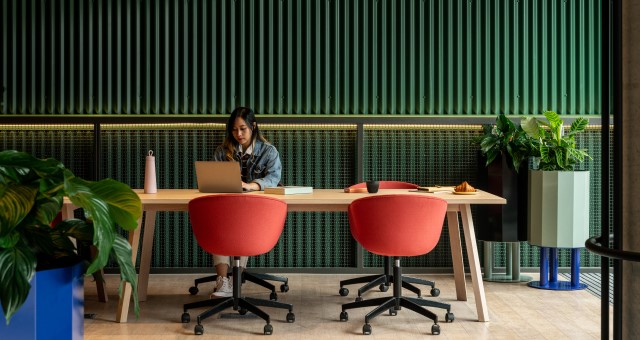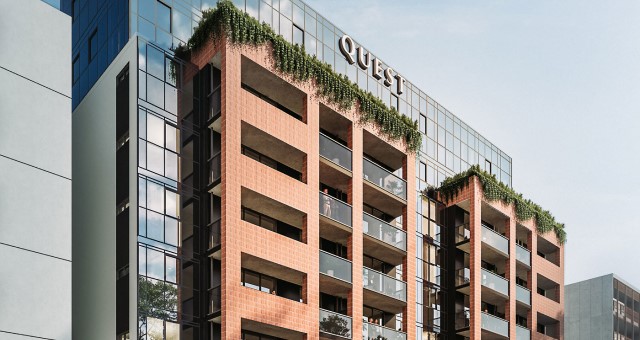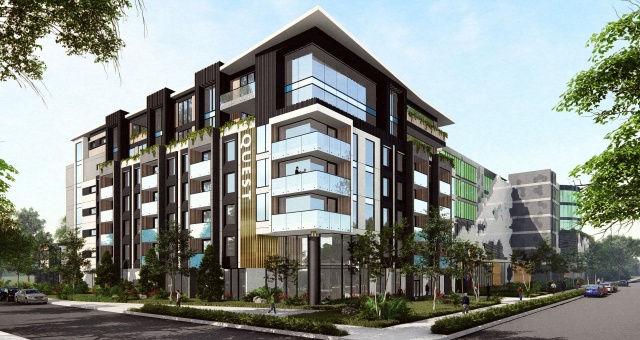The Ascott Limited, Australia is working hard to meet its goal of 30 new properties by 2030 across its portfolio of brands. Here, James Shields, General Manager of Growth and Capital Strategy, shares insights on the challenges and opportunities that lie ahead.
How do you approach the growth strategy for each of Ascott Australia’s brands?
We have a very deliberate expansion strategy for each of our brands. Ascott Residences is our pre-eminent brand, targeted for Melbourne and Sydney CBD locations. We aim to have an Oakwood Premier in every capital city, complementing our existing properties in Melbourne, and Adelaide which is under construction. Citadines is our mid-scale offering, currently in Melbourne, North Sydney and Perth, and we’re under construction in Hobart. We’re rolling out in other key CBDs, including Sydney, Brisbane and Adelaide.
Oakwood is a great complement to the Quest brand, where developers are seeking exposure to serviced residences, but under a hotel management agreement. We’re under construction for a 120-room Oakwood development in Epping, Melbourne. When we’ve got developers who are familiar with our brand and operating model, but the location or development economics don’t suit Quest, we will do an Oakwood.
lyf is our co-living brand targeting the millennial, digital nomad traveller, with recent openings in Bondi and Collingwood, and lyf on Elizabeth Street, Melbourne, due to open in the coming months. Our overarching goal is to have 30 new properties signed, under construction, or operational by 2030.
Finally, Quest thrives in regional and suburban areas under a lease model and at present we have five under construction. We expect to have another four commence construction within the next six months.
You have significant growth in both metro and regional hubs. How do you balance the challenges of expanding in both markets simultaneously?
We primarily leave regional market expansion to the Quest model. The land availability and construction economics in regional locations are well suited to the Quest product, whereas the high-density nature of CBDs, like Sydney, demand a different scale of development that aligns with Ascott’s brands.

The capital requirements behind these projects are also very different. In CBD and metro areas, we work with large institutional investors who are very returns-driven. In regional locations, we often partner with local developers who have deep ties to their communities. They are not just investing for a financial return; they are invested in the growth and pride of their town. It’s a different mindset, and you have to be a bit of a chameleon to navigate both worlds.
Does Ascott have a preferred development model? Are you focused on new builds, or are conversions and acquisitions a growing part of the strategy?
While the majority of our current projects are greenfield developments, the rising cost of construction is making this model increasingly challenging. In Southport on the Gold Coast, for example, the construction cost for a two-bedroom apartment is approximately $900,000, excluding land value. The construction market is also tight, with many builders in cities, like Brisbane, moving to long-term government infrastructure projects.

We are seeing a potential for converting commercial office buildings, but a lot of the commercial buildings that are vacant, generally, have been underinvested in, and are in the B- and C-grade suburban locations. The cost to convert them to a hotel is not materially different from a greenfield development. I believe there will be a trend towards modular development. It can solve housing shortages, speed up construction times, and isn’t subject to weather delays, which has been a major factor in Sydney and Brisbane this year.
What is the biggest challenge you are facing in your role at the moment?
It’s the cost and temperamental nature of construction. It is the toughest period I’ve experienced in my career. Our approach is to be very consultative and work in partnership with the developer, builder, valuer and financier. Our team includes architects, project and development managers who can identify cost-saving opportunities and value-manage projects to make projects feasible. We are deeply involved from the design phase to completion, which is often crucial for the project’s success. It’s about finding solutions, like substituting materials without compromising brand standards, to ensure projects get delivered.
What current trends are presenting the biggest opportunities for Ascott’s growth in Australia?
There’s a strong demand for more space, and apartment-style products are performing very well, particularly for families and longer stays. The ‘bleisure’ trend is also very real; people are extending work trips for leisure, and we encourage and enable that. In our CBD locations, the revitalisation of the nighttime economy in cities like Sydney and Adelaide is driving demand as people seek out unique experiences when they travel. People want more than just a room; they want to connect with the local culture, and our properties are well-positioned for that.
Where do you see the next wave of growth for Ascott in Australia?
The immediate focus is on establishing our Ascott brands in the CBD markets along the eastern seaboard. We are the second-largest corporate accommodation provider in the country, yet we have the lowest incidence of CBD supply. Bringing our diverse brand portfolio into these key city centres is a hugely complementary move. It allows us to service the existing corporate demand we have through Quest, which has long required a stronger CBD presence.



